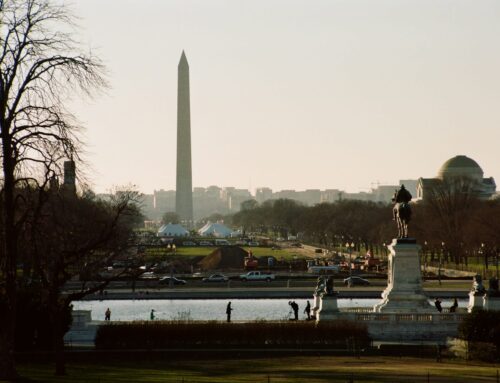Getting something for nothing is a pretty sweet deal. At least if you’re the one getting something. Not so much if you’re the one receiving nothing in exchange. Oil and gas companies are getting gas from federal lands and paying nothing for at least some of it. At least that what’s we documented this week.
Oil and gas companies drilling on federal lands have avoided paying in excess of $380 million in royalties on the gas they have extracted over the past eight years. That’s a lot of money and it could be a lot more, because it’s based on self-reported data provided by the oil and gas industry. And that’s a lot of gas. By American Natural Gas Alliance standards, the amount of royalty-free gas either consumed as fuel or lost by operators would be enough to meet the needs of every household in the State of New York for a year.
Like most of the policies we have criticized as corporate welfare for the oil and gas industry, the provision that allows companies to avoid paying royalties on gas they use as fuel for their drilling rigs is decades old. During World War II, the federal government, in search of more revenues, wanted to start charging oil and gas companies a royalty on the gas they were using as fuel on well sites. The industry protested, and Congress rolled over. The Mineral Leasing Act was subsequently amended in 1946 with language provided verbatim by the industry that permanently exempted natural gas used for fuel on well sites from royalty payments.
At the time, Congress presented the change as a way to promote development of public resources. And so, royalty-free fuel for oil and gas companies joined the growing list of financial incentives the federal government now provides the most profitable industry in the world for doing business. We have detailed many of these incentives and the effect those provisions have on their effective tax rates.
The Bureau of Land Management (BLM), the agency within the Department of Interior that administers drilling on federal lands, is considering updating the rules for which gas should incur a royalty payment.
The largest component of the lost gas is methane, which leaks from drilling rigs, storage tanks, pipelines and outdated equipment. This leaked methane not only costs taxpayers in lost royalty revenue, but since methane is a potent greenhouse gas, it also creates climate liabilities down the road. It costs money to replace leaky pneumatic devices and “high-bleed” compressors, and if the gas oil and gas companies are using isn’t costing them anything, there is less incentive to pay for that equipment. And it isn’t a question of technology, the equipment to capture leaking gases has been on the shelf for years.
It’s been almost 70 years since Congress wrote into law the exemption for royalty payments on the gas companies use as fuel. Maybe it was a significant part of the calculation in 1946, but it is difficult to believe it plays a significant role in the decision of where and when to drill in today’s market. Individual companies must weigh trends in the global price of gas, the location of the well, its distance to the market, the type of formation where the gas is held, how much processing it will need, etc., when considering the profitability of drilling a particular well.
In other words, giving oil and gas companies royalty-free fuel is a waste of money. And when you add up the amount of lost revenue, year after year, for all drilling companies on all federal lands, it comes to a whole lot of nothing for taxpayers. The practice also reduces incentives for drilling companies to capture methane rather than leak it into the atmosphere. With annual budget deficits still in the half trillion dollar range, Uncle Sam can’t afford giving freebies to some of the most profitable companies in the world.











Get Social